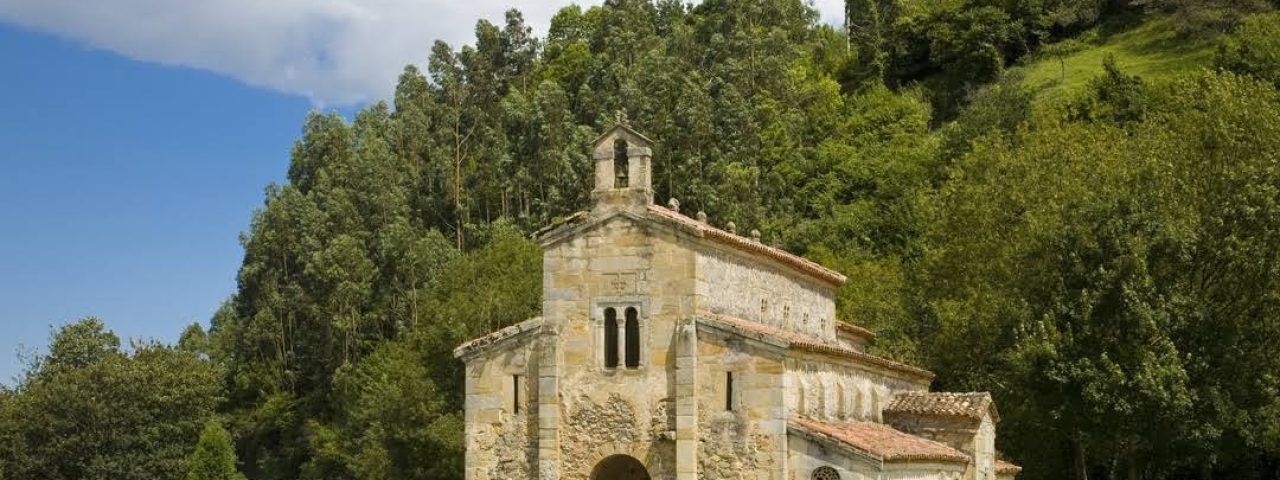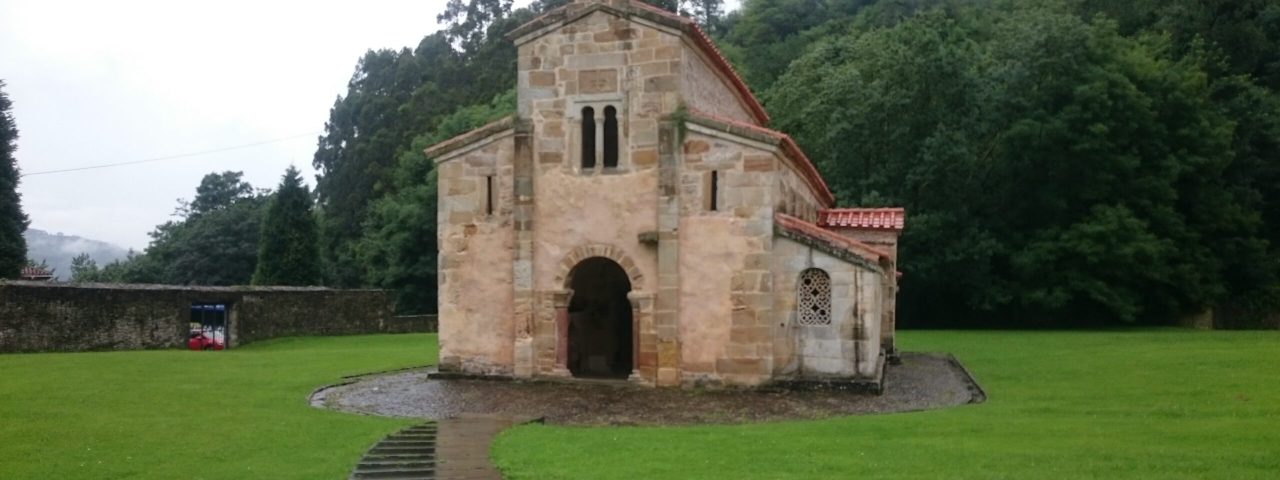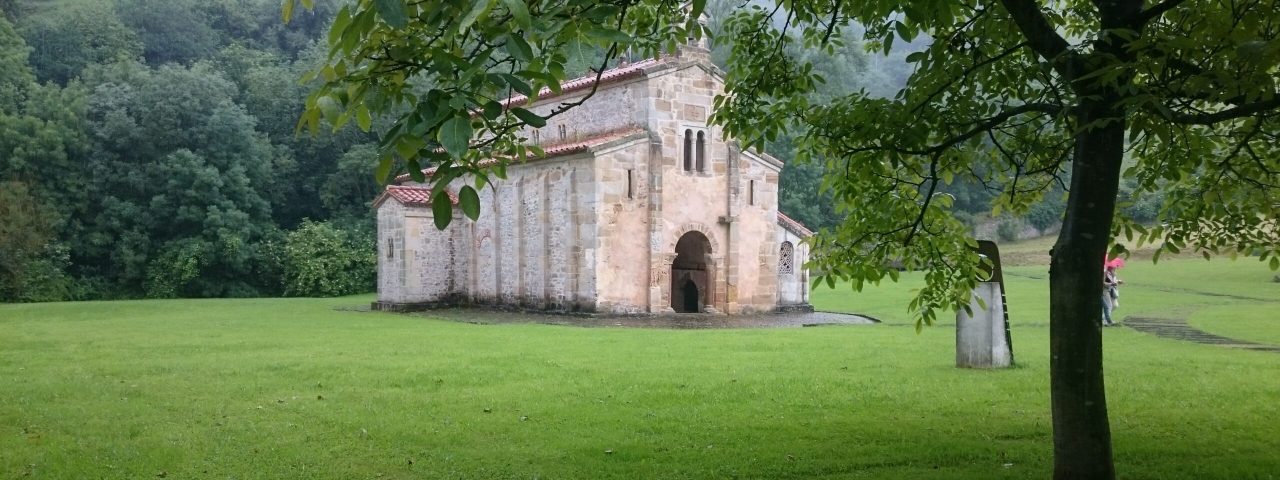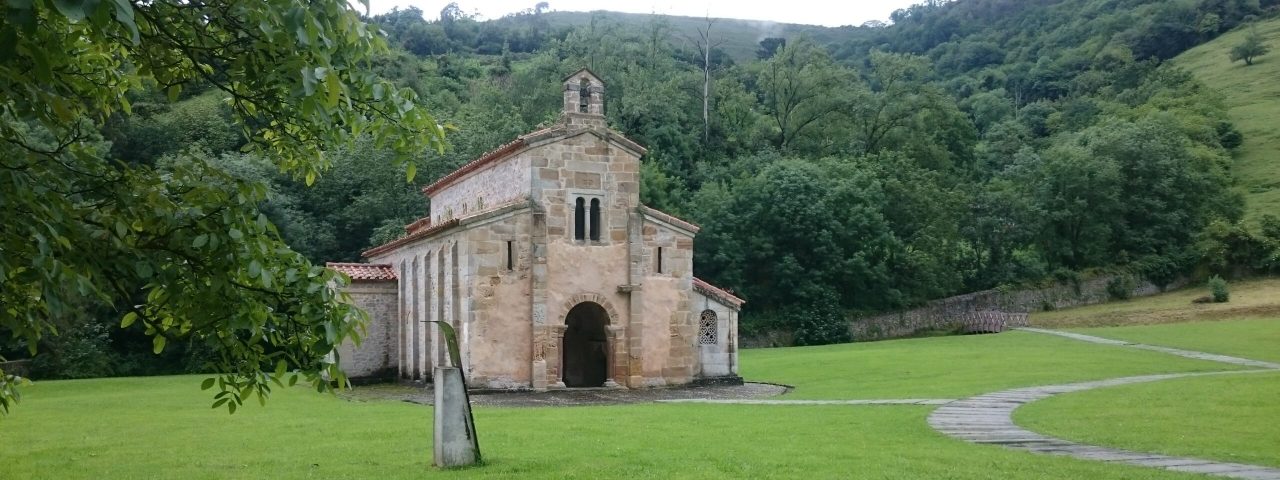Villaviciosa has a rich history that dates back to Roman times, evidenced by the archaeological remains found in the area. In the Middle Ages, the town gained prominence as a strategic and agricultural hub due to its fertile lands and access to the sea. Throughout the centuries, it played a role in Spain’s historical conflicts and developments, including its involvement in the Spanish Reconquista when Christian forces reclaimed territories from the Moors. One of the town’s most notable historical landmarks is the Church of San Salvador de Valdediós, a pre-Romanesque masterpiece that has earned UNESCO World Heritage status.
The culture of Villaviciosa is deeply rooted in its agricultural and maritime heritage. The town is famous for its production of cider, or “sidra,” and every year, the town hosts the Fiesta de la Sidra, celebrating this beloved Asturian drink. Villaviciosa is also known for its religious traditions, with Easter and the Feast of Our Lady of the Portal being key cultural events that attract large numbers of visitors. The town’s weekly market, which has been held for centuries, is another reflection of its deep-rooted traditions.
Villaviciosa is proud of its cultural heritage, which is reflected in its many festivals and events. The town’s patron saint festivities in September are particularly notable, featuring traditional music, parades, and gastronomy. The locals maintain a deep connection to their customs, with folk dances, Asturian bagpipes, and traditional attire frequently displayed during these celebrations.



